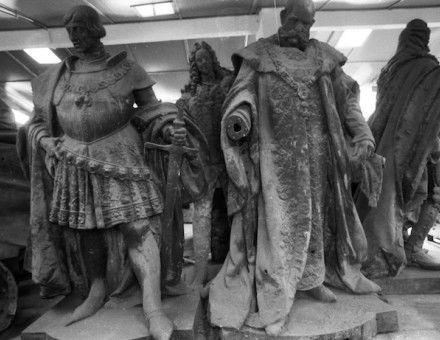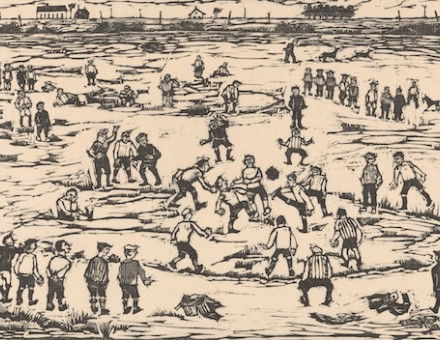India versus the East India Company
Violence and expansion were integral to the armed bureaucracy at the heart of the East India Company.

From the beginning the ‘Governor and Company of the Merchants of London’ – more commonly known as the English East India Company – was different from other companies. Instead of coordinating the commerce of private traders, as other contemporary corporations did, the East India Company acted as a merchant in its own right and used force to assert its interests. It was an armed bureaucracy, not just a federation of merchants. As a result, it had a prickly relationship with other traders and with Asian rulers. It was that relationship which led to war and conquest.
Historians often write as if the East India Company began as a peaceful trading concern, only becoming an armed political force with the rise of more aggressive, nationalist ideas in the late 1700s. In fact, violence was contained in its structure and culture from the start.







